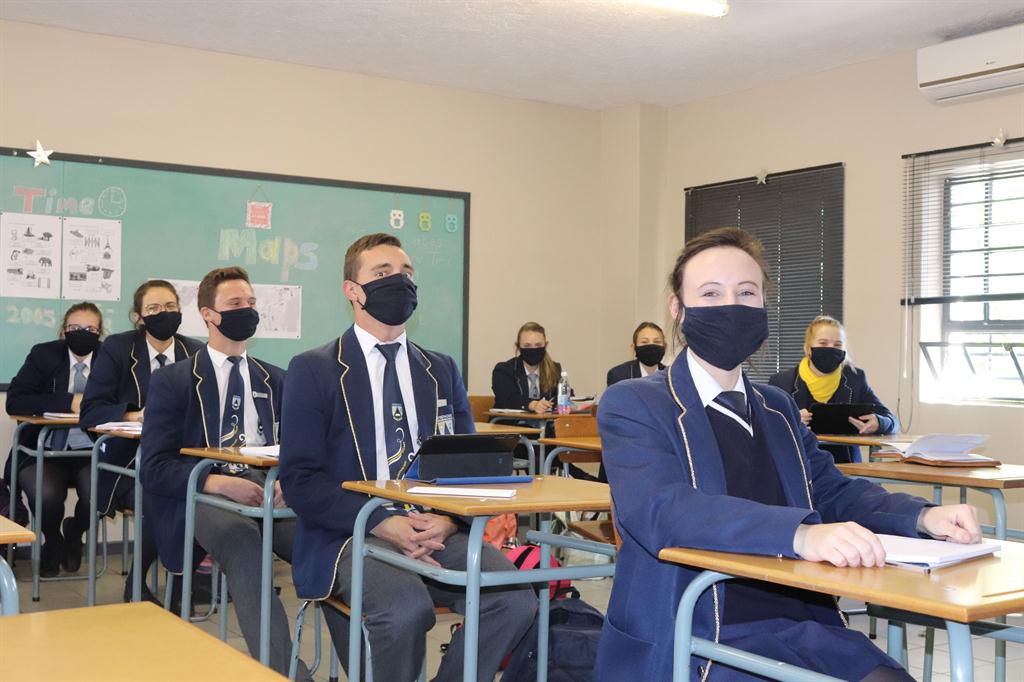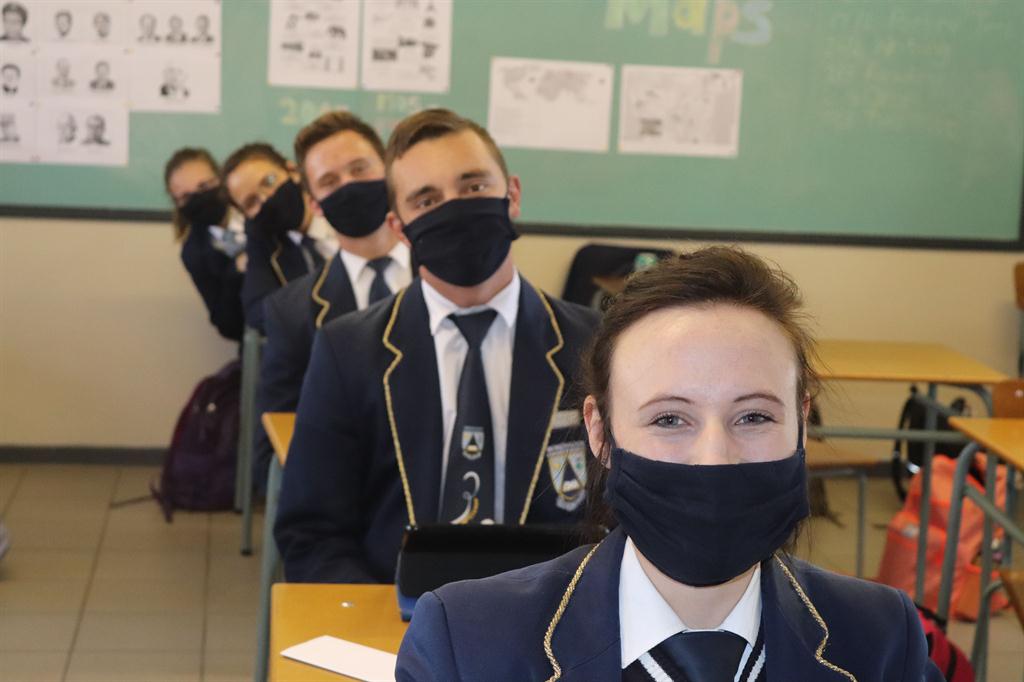Amended NSSCAS admission requirements
The ministry of education, arts and culture has released a circular to provide guidance for the 2021 academic year progression criteria of class sizes and time allocation on the NSSCAS level.NSSCAS ADMISSION REQUIREMENTS
· Candidates who would like to enrol for Advanced Subsidiary must take a minimum of three, but not more than five subjects of the subjects done on NSSCO level and that are offered at NSSCAS level.
SUBJECTS OFFERED ON NSSCAS LEVEL
1 Afrikaans First Language
2 English First Language
3 German First Language
4 Khoekhoegowab First Language
5 Oshikwanyama First Language
6 Oshindonga First Language
7 Otjiherero First Language
8 Rukwangali First Language
9 Rumanyo First Language
10 Setswana First Language
11 Silozi First Language
12 Thimbukushu First Language
13 Afrikaans Second Language
14 English Second Language
15 German Foreign Langrage
16 Agricultural Science
17 Mathematics
18 Biology
19 Physics
20 Chemistry
21 Computer Science
22 History
23 Geography
24 Business Studies
25 Accounting
26 Economics
27 Entrepreneurship
28 Art and Design
29 Design and Technology
· A learner may proceed to NSSCAS level if he or she obtained three C symbols or better at NSSCO level.
· ln light of the challenges experienced during the 2020 school year, permission will be granted for learners to proceed to NSSCAS level if they have received two C-symbols or better (excluding English) and a D in English.
The only subject with a D symbol that will be allowed to proceed to NSSCAS is English. If a D symbol in English at Ordinary level was obtained, the learner is allowed to take English at NSSCAS level, should the learner wish to do so, but extra effort such as special tutorials with extra hours must be given to improve English at this level.
(It is advisable that learners improve English at NSSCAS level, as most universities require a minimum of C symbol at Ordinary level).
Admission to NSSCAS level:
· C symbol or better in any three or more subjects offered at NSSCAS level;
· C symbol or better in two subjects (excluding English) and a D symbol in English. (The learner must take the two subjects with a C) symbol on NSSCO and must take English on NSSCAS level. Meaning he/she has the minimum requirement of three subjects on NSSCAS); C symbol or better in three subjects and a D symbol in English. (The learner must take the three subjects with a C symbol on NSSCO and also take English on NSSCAS level. Meaning he/she can take a maximum of five subjects.
· C symbol or better in four subjects and a D symbol in English. (The learner may take all of the four subjects with a C symbol on NSSCAS level and may also take English on NSSCAS level. Meaning he/she can take a maximum of five subjects.
· C symbol or better in five or more subjects. The learner may take a maximum of five subjects on NSSCAS level.
Not admitted to NSSCAS level:
· C symbols or better in two subjects and a D symbol in any subject other than English.
· Learners who do not meet the admission criteria for NSSCAS level are advised to improve their NSSCO results as per the following proposals:
· Depending on the availability of space in schools, NSSCO level school leavers of the revised curriculum, who are 18 years and younger by 31 December 2021, can be allowed to repeat NSSCO on full-time basis, but will forfeit their 2020 results.
· Improve their grades for some subjects in part time tuition and examination centers which are registered with the MoEAC.
· NOTE: Institutions of higher learning (after successful completion of NSSCAS), might require English to be amongst the candidate's five best subjects at Ordinary level. Hence the consideration of a D symbol in English, for admission to NSSCAS should the learner wish to do so and commit to hard work to obtain a good grade for English at NSSCAS level. It is imperative to note that admission to NSSCAS does not necessarily guarantee admission to institutions of higher learning.
The use of NSSCO and NSSCAS qualifications for admission to institutions of higher learner (IHL)
· The admission to IHL requires learners to obtain specific points determined by institutions. The NSSCO and NSSCAS subjects may complement each other when calculating the points for admission for some IIIL. Note that symbols obtained on NSSCAS can carry a higher value than NSSCO. For clarity the following examples are provided:
· A learner's points could be calculated from the four subjects on NSSCAS, plus one best subject on NSSCO to make it five subjects. English will be required us part of the NSSCAS or passed with minimum C grade on NSSCO level for most IHLs.
· A learner’s points could be calculated from the three subjects on NSSCAS, plus two best subjects on NSSCO to make it five subjects. English will be required as part of the NSSCAS or passed with minimum C grade on NSSCO level.
· A learner's points could be calculated directly from the five NSSCAS subjects, of which English is one.
Please note that IHL have their own requirements for specific programmes.
Learners should take note that obtaining three C grades, plus very weak grades in the remaining two or three (e.g. E, F and G) will not assist the learner to build the required points for general admission to universities. It is therefore encouraged that such learners improve the other grades on NSSCO in not more than two years and rejoin full-time classes for NSSCAS provided the age does not exceed 21 years.
CLASS SIZES
Class size should be 20-25 learners.









Comments
My Zone
No comments have been left on this article